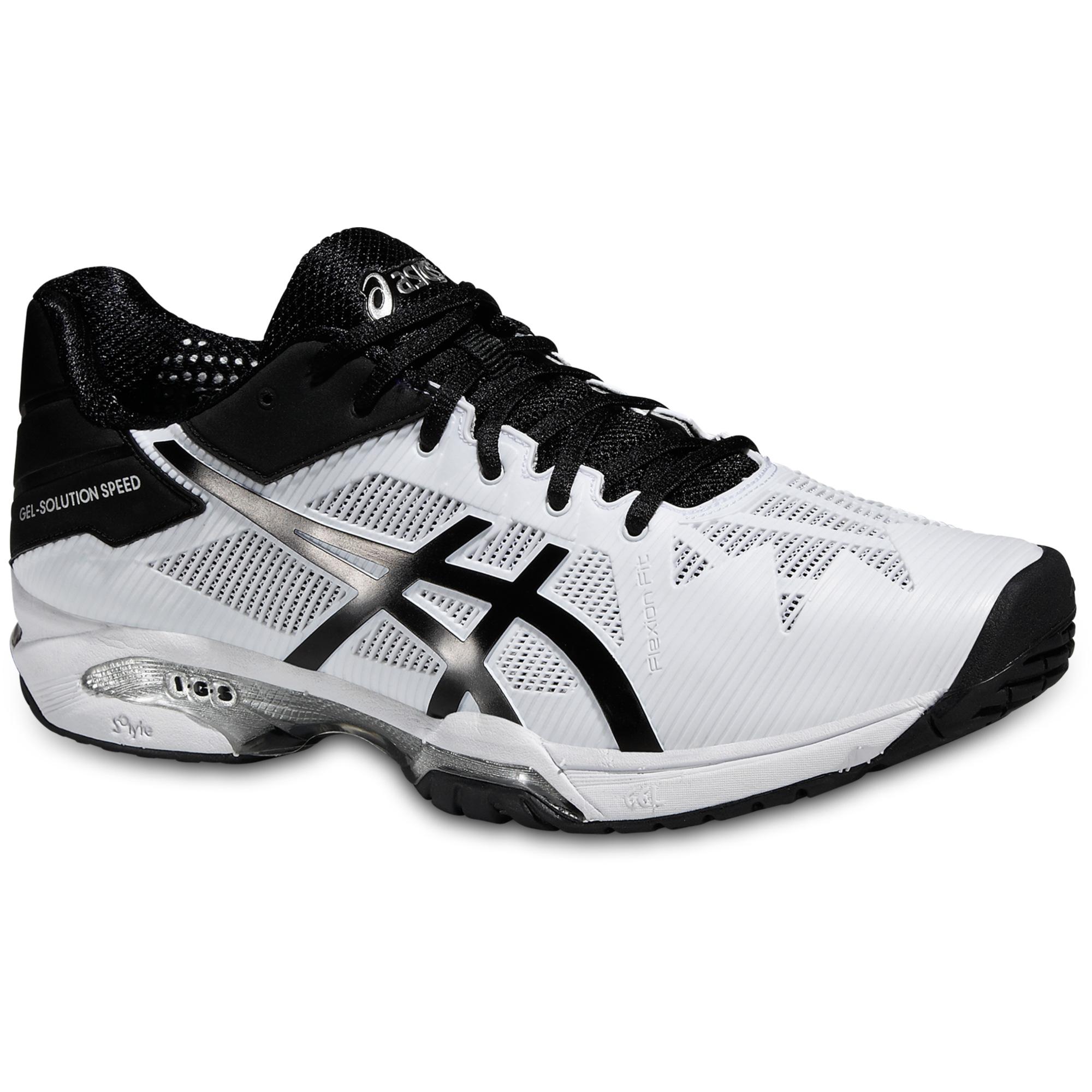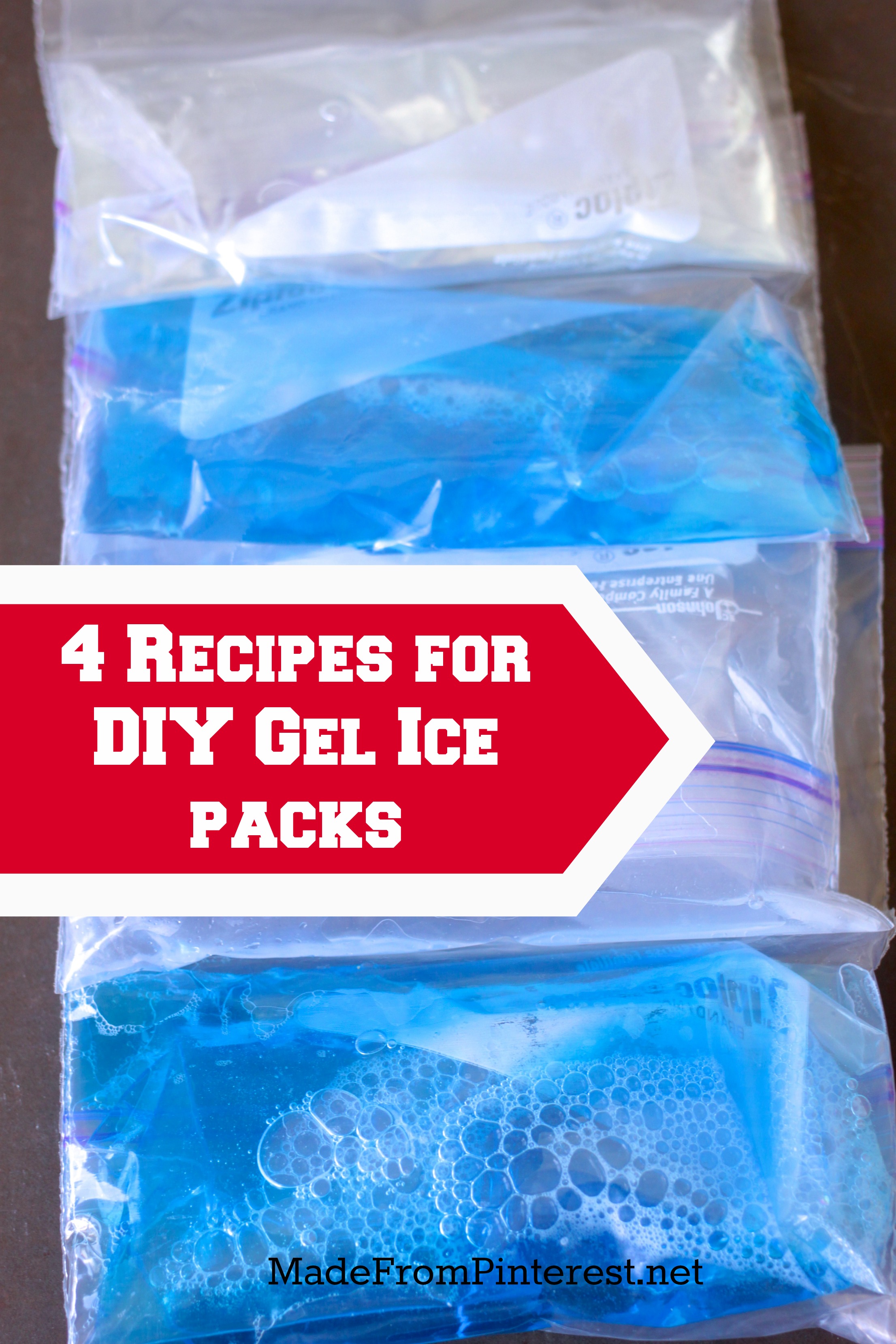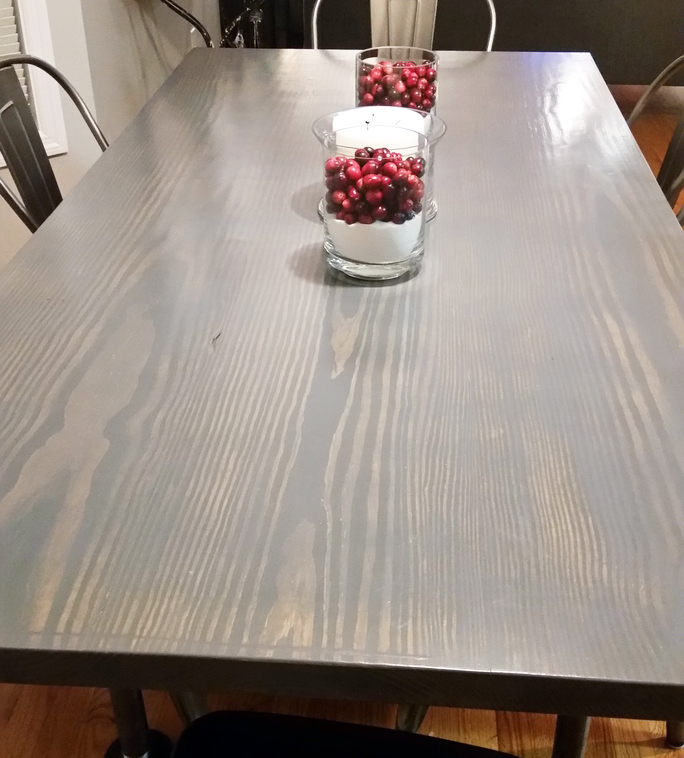Table of Content
You can easily heat up the water by microwaving it for less than 1 minute. Gel nails are extremely durable and long-lasting which is one of the main reasons why they are one of the most popular forms of manicures…. Keep your bowl of acetone nearby to make this easier. No need to wipe nails with alcohol as Gel Top is non-tacky when cured. Apply another thin coat of Gel Base to all nails . Since there are so many choices out there, we narrowed it down to 15 face masks for skin care, from sheet masks to clay, with important ingredients.

If you get your gel manicure done at a salon, this is a great way to remove gel polish at home yourself. It is also safer for your nails because the scrapping or buffing is minimal. You can even save some time and money by removing your old gel polish this way at home. This first stage is crucial to efficient removal.
How to Get a Gel Manicure at Home:
Yes, you can dip acrylic nails in acetone and soak them for 20 minutes. If they won't come off easily, soak them a bit longer and try again. Never pry the nails off—this can cause a lot of damage to your nail. If you’re concerned about protecting your nails and skin, stick with traditional nail polish or take steps to protect your skin and nails from damage. While cotton balls are optional, they can help make soaking the nail polish easier. There’s really no way to know which type you have before you start, said Ms. Boyce, a nail artist in Los Angeles.

This prevents further chipping, splitting and tearing, which will not only wreck your manicure, but also damage your nails. Apply a small drop of cuticle oil, if necessary. When you remove the wraps, the gel will be partly lifted from the nail. Use an orangewood stick to gently push the gel off your nail.
Think of gel polish as liquid acrylics.
But remember, the acrylic is on top of a your natural nail, and you dont want to damage that. "Saturate a square of cotton in acetone, place it on the nail and then wrap the foil around as tightly as possible," Humphrey explains. Certain brands are easier to remove than others, but that typically means they may not last as long.
To help speed up the process, Soon suggests taking a hot towel and wrapping it around your handthe warmth helps the acetone work while softening the polish to make it easier to remove. If you don’t want to use the soaking or tinfoil method, you can purchase premade kits to remove your gel nail polish. These kits typically include cotton pads and plastic clips or pre-cut foil to hold the acetone-soaked pads against your nails.
File the top coat
When you still need your gel solution, Dr. Adigun states you’ll require to make certain you use a broad range sunscreen, suggesting that it safeguards versus UVA/UVB rays. Plus, the UVA light from the nail lamps is stronger than the common exposure you obtain from the sunlight. Using sunblock throughout a manicure is how to take gel powder nails off at home logistically difficult, she includes. A 2016 research from the American Academy of Dermatology disclosed that gel manicures may not be a safe alternative for people who are very sensitive to UV light. The UV dosage that you get throughout a gel manicure is short, yet it’s intense, Dr. Adigun claimed in the research.

Then its time to put some elbow grease into it with a wooden cuticle stick . Leftovers are usually around the sides and cuticle areas, so be extra careful when removing it. Just gently scrape the gel off by going underneath and lifting it up. If there are still more stubborn spots, soak a new cotton pad with acetone and wrap it around the nail again with aluminium foil for another 10 minutes.
A buffer block is essential to remove any residue left over from the gel polish and to even out the nail surface. It will also help you create a nice, smooth finish. The gel top coat will then become dull and rough when the polish underneath is exposed, making it easier to remove the gel polish with acetone. When you remove the plastic wrap, most or all of the gel nail polish should be gone. “The best way to remove dip at home is to file or buff off the top layer—this will allow the acetone to penetrate,” Terrell says. To do so, use an emery board in a back-and-forth, side-to-side motion until the top layer of your nails look dull and covered with fine white dust.

Once you've physically removed the excess nail, it's time to soak off what's left. First, start by prepping the nails with cuticle oil. "By adding cuticle oil, this can replenish the natural oils on your nails without drying them out with the acetone," says Syreeta Aaron, a professional nail artist, and LeChat Nails educator. All good things must eventually come to an end, including your favorite manicure. The removal process can prove just as important as polish application, particularly when it comes to ensuring the health of your nails.
In case your favorite salon is booked up or you're considering a DIY removal, here's how to remove gel and dip powder nails without sacrificing the quality of your nails. In addition to prepping your nails, you’ll also want to prep the skin around your nails by applying a heavy layer of cuticle oil or cream . That will help protect your skin from the acetone, which can be very drying. “Try to avoid getting any cream or oil on the nail itself, though, as that will slow down the removal process,” Soon warns. Cuticle oil or petroleum jelly can be used to help protect your cuticles and the skin around your nails from any damage done by the nail polish remover.

Try not to move the foil or cotton balls around too much before the time has elapsed. Now if you need to do this method apply an ample amount of oil & then slowly use a cuticle pusher to peel away your gel manicure. Next, once the colored polish has been removed and you can see your natural nails, use the 180 grit part to buff and smooth out your nails. You see it can be safer because filing physically removes the gel polish from your nail plate which allows you to be in control. This is unlike using acetone which chemically dissolves the gel polish and at the same time affects your nails and skin too.
If the gel isn’t budging, we recommend soaking your nails again. Whatever you do, just resist the urge to peel and pick . Place each piece of soaked cotton on top of the nail that it was cut to fit, and wrap the nail with plastic food wrap. Avoid wrapping your nails so tightly that you cut off your circulation. If you've followed the steps above—and done all the soaking, wiping, and soaking again possible—you still may have a few patches here and there of product.

Although many individuals erroneously believe these lights do not make use of UVA to cure, they use higher intensities of UVA wavelengths to achieve the much shorter treating times. This higher strength of UVA irradiance suggests that it calls for much less time for these lights to possibly damage the skin, she explains. To make the process even smoother, grab some of the tools recommended for removing gel and powder nails, below. According to Lee, you'll want begin the process by using a coarse nail file to carefully, and slowly, file down the top layer of gel. "You want to focus on removing the top coat and not the actual polish, so make sure to do this slowly," she added.

No comments:
Post a Comment